When delving into the logistics and transportation industry, one of the foremost considerations is the acquisition of a semi truck and trailer. This guide seeks to unpack the costs associated with these vital vehicles, breaking down the various factors that influence pricing. By equipping yourself with this critical knowledge, you can make informed decisions that impact your business’s bottom line.
Understanding the Types of Semi Trucks
Before we address costs, it’s essential to understand the types of semi trucks available on the market. Each category has distinct features and functionalities, influencing their prices significantly.
1. Conventional Trucks
These are the most common semi trucks, characterized by a striking design where the cab is in front of the engine. They typically provide greater comfort and fuel efficiency.
Price Range: $100,000 – $160,000

2. Cabover Trucks
In contrast, cabover trucks feature a cab that sits directly over the engine, allowing for a shorter overall length. This design is ideal for urban deliveries where space is limited.
Price Range: $80,000 – $130,000
3. Day Cab Trucks
Day cabs lack sleeping compartments, making them suited for local deliveries and short hauls. Their straightforward design typically results in lower costs.
Price Range: $70,000 – $110,000
4. Sleeper Trucks
These trucks come equipped with a sleeper compartment, making them suitable for long-haul drives. The added amenities ensure driver comfort on extended routes.
Price Range: $120,000 – $200,000

Breaking Down Trailer Types and Their Costs
Alongside semi trucks, trailers are an integral component of the transport equation. The cost of the trailer can be influenced by its type, size, and configuration. Key types include:
1. Flatbed Trailers
Ideal for transporting heavy equipment and construction materials, flatbeds are versatile and widely used in the industry.
Price Range: $25,000 – $50,000
2. Dry Van Trailers
These enclosed trailers protect goods from weather and damage, making them suitable for a variety of cargo.
Price Range: $30,000 – $60,000

3. Refrigerated Trailers
Also known as reefers, these trailers are equipped with cooling systems to transport perishable goods.
Price Range: $40,000 – $80,000
4. Tanker Trailers
Designed for transporting liquids, including fuel and chemicals, these trailers require special certifications and safety features.
Price Range: $30,000 – $60,000
Factors Influencing Semi Truck and Trailer Prices
Navigating the pricing landscape for semi trucks and trailers requires an understanding of various influencing factors. Here’s a detailed analysis:
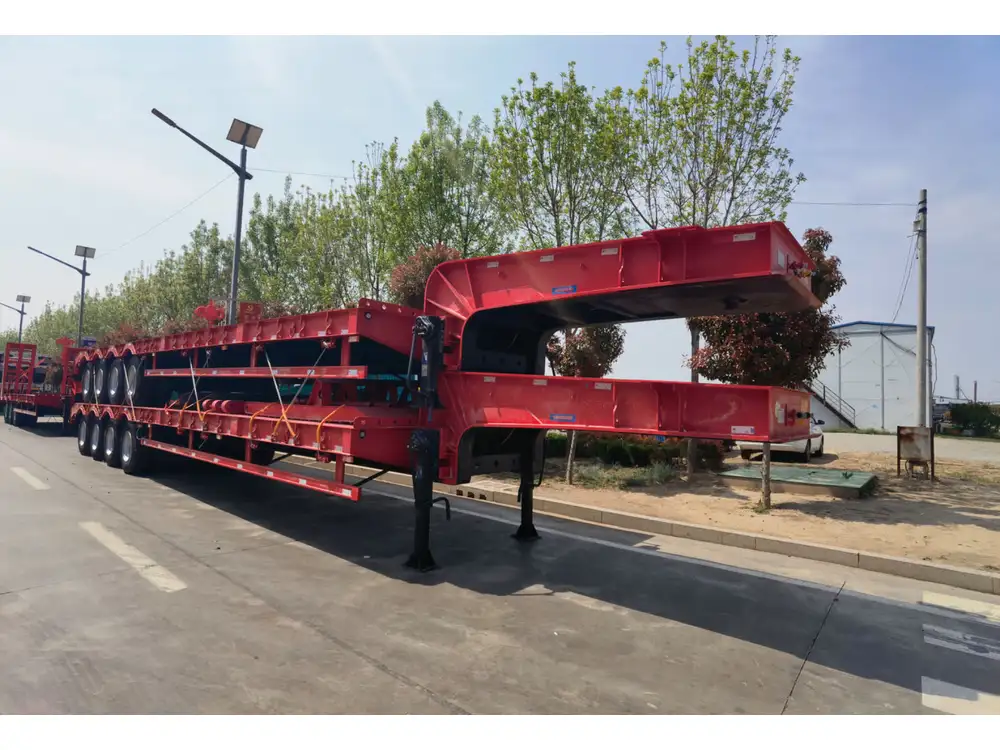
1. New vs. Used
The purchase of new equipment guarantees the latest technology, warranties, and potentially better financing options. However, the upfront costs are substantially higher compared to used equipment, which may present operational risks due to wear and tear.
| New Semi Truck | Used Semi Truck |
|---|---|
| Cost: $100,000 – $200,000 | Cost: $40,000 – $150,000 |
| Warranty coverage | No warranty available |
| Latest technology | Possible outdated features |
2. Brand Reputation
Some manufacturers are synonymous with reliability and performance. Brands like Freightliner, Peterbilt, and Kenworth command higher prices due to established reputations.
3. Custom Features
Customization options—including engine size, sleeper configurations, and additional technology (like GPS and safety features)—can significantly impact pricing.
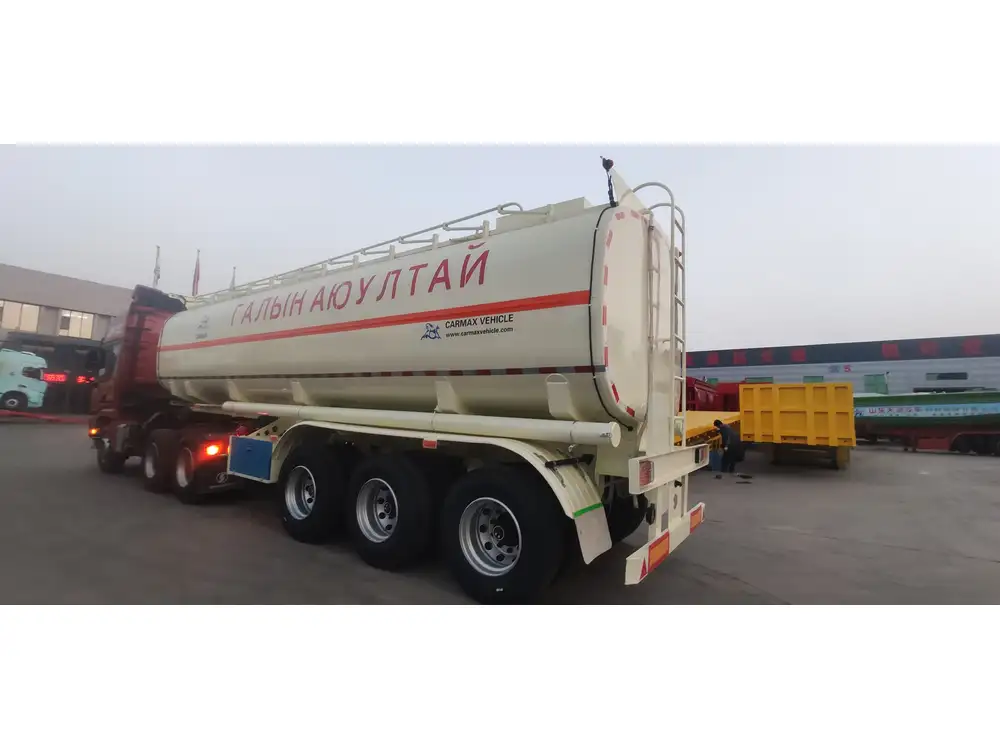
4. Financing Options
It’s crucial to consider financing arrangements. Interest rates, loan terms, and down payment requirements fluctuate, thus modifying the overall total cost of ownership.
5. Maintenance and Operating Costs
Insurance, fuel efficiency, and maintenance can vary based on the model, directly influencing the financial feasibility of your investment.
Estimating Total Ownership Costs
Understanding the purchase price alone doesn’t paint a comprehensive picture of your investment. Operating and maintaining your semi truck and trailer is equally pivotal. Here are key components to consider:
| Expense Category | Average Annual Cost |
|---|---|
| Fuel | $30,000 – $50,000 |
| Insurance | $6,000 – $12,000 |
| Maintenance | $5,000 – $10,000 |
| Repairs | $3,000 – $7,000 |
| Licensing & Fees | $1,000 – $3,000 |
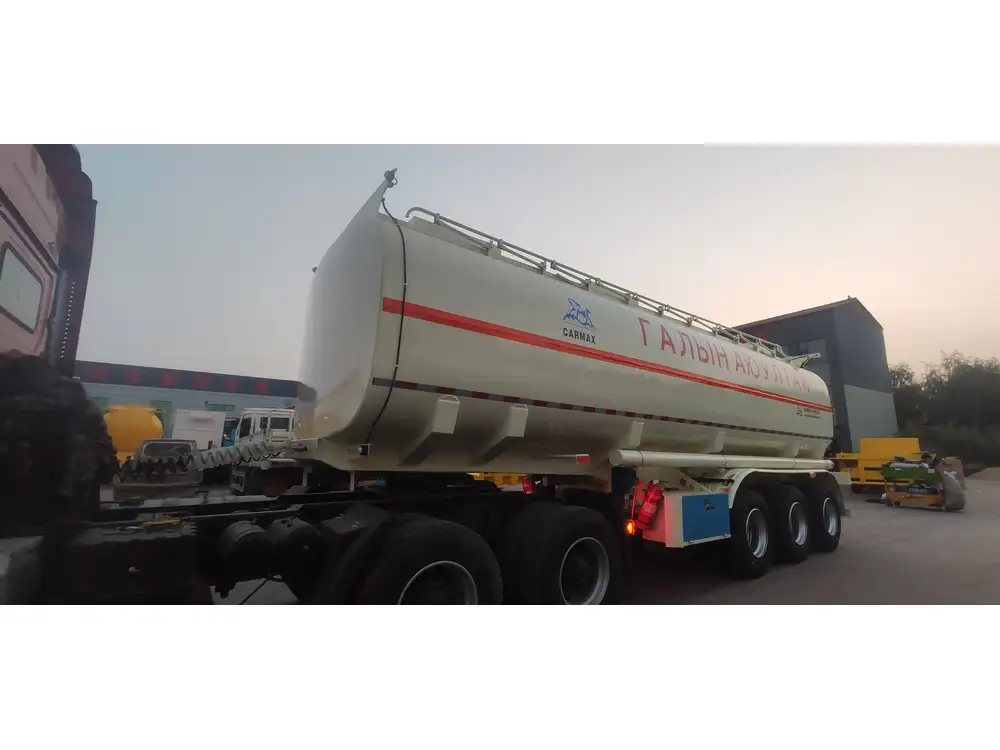
Putting It All Together
Combining purchase costs and ongoing ownership expenses, the total investment can be staggering. For example, a new Freightliner Cascadia with a dry van trailer may cost approximately $150,000 initially, but considering annual operating costs, the cumulative expense could reach $500,000 over five years.
Financing Your Semi Truck and Trailer
Having established the costs, the next logical step is examining your financing options. Here’s an overview:
1. Traditional Bank Loans
These often offer competitive interest rates for established businesses. They require a solid credit score and proof of income.
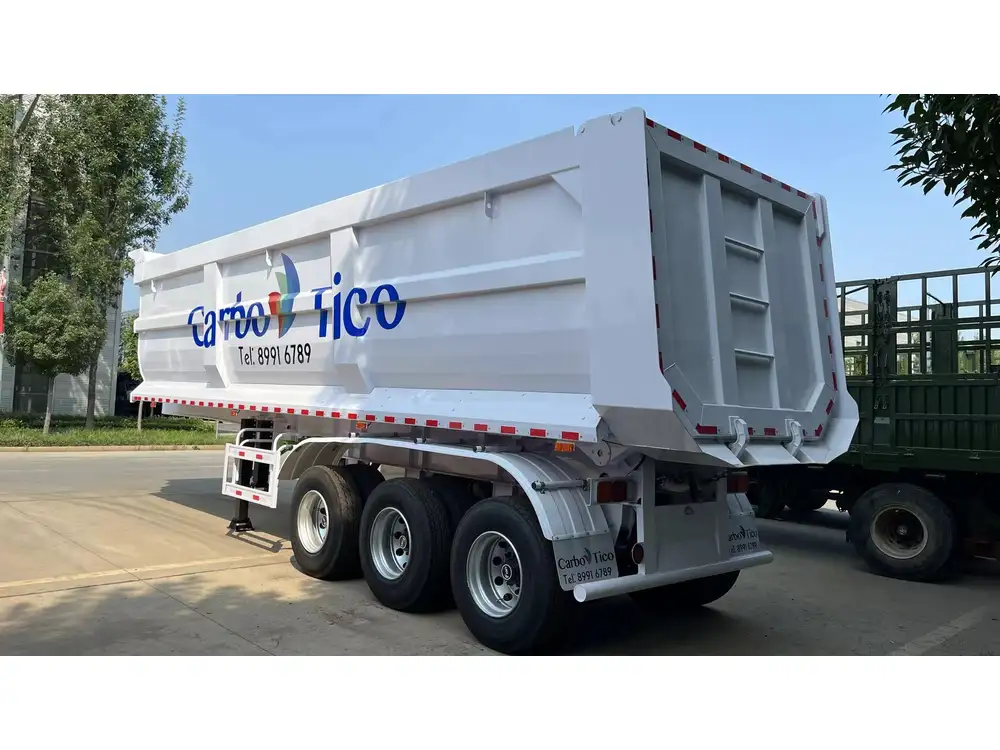
2. Equipment Financing
This allows you to borrow money specifically for purchasing equipment, and the equipment itself often serves as collateral.
3. Leasing
While leasing presents lower short-term costs, it’s essential to assess whether leasing fits within your long-term business strategy.
4. Manufacturer Financing
Some manufacturers provide financing options, which can include promotional offers like low-interest rates or deferred payments.
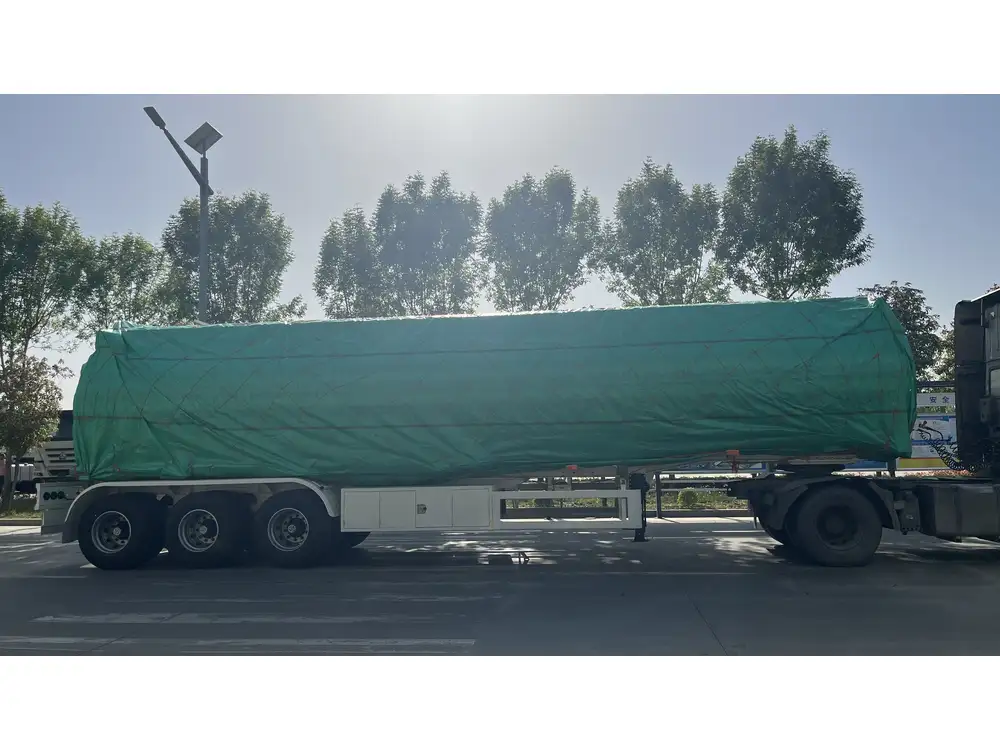
The Resale Market: Understanding Depreciation
When considering semi trucks and trailers, it’s crucial to acknowledge their resale value. Depreciation impacts your total cost of ownership. Typically, heavy-duty trucks lose approximately 15%-25% of their value each year.
Resale Considerations:
- Condition: Well-maintained equipment commands higher resale prices.
- Mileage: Trucks accumulate mileage impressively; lower mileage often translates to a premium.
- Market Demand: Certain models or types may hold their value better due to demand shifts.
Future Trends in the Semi Truck and Trailer Market
As technology advances, so do the trucks and trailers. Notable trends that could influence costs and decisions include:

1. Electric Trucks
With the push for green technology, electric semi trucks are emerging with notably lower operational costs. However, initial investment remains high.
2. Autonomous Driving
The development of autonomous trucks is shaping the future, potentially reducing labor costs but also posing questions regarding regulatory issues and safety.
3. Connected Technology
Telematics and digital systems help optimize performance, monitor fuel efficiency, and streamline maintenance schedules, which may improve the long-term ROI.

Conclusion: Making an Informed Purchase
The question “how much is a semi truck and trailer” can broadly encompass many variables. As a potential buyer, we stress the importance of conducting thorough research, evaluating financing options, and embracing future trends. By understanding the intricate details of pricing structures and ownership costs, you can make more informed decisions that align with your operational goals.
In the competitive world of logistics, being well-informed enables you to choose wisely and leverage your investment effectively. The commitment to understanding costs can provide you with a substantive competitive edge that ultimately translates to greater profitability and efficiency for your fleet.
Next Steps
Engaging with trusted suppliers and manufacturers, reviewing specifications, and considering your unique business needs will be essential in securing the right semi truck and trailer package. By taking proactive steps, you pave your way toward success in the transportation industry.



